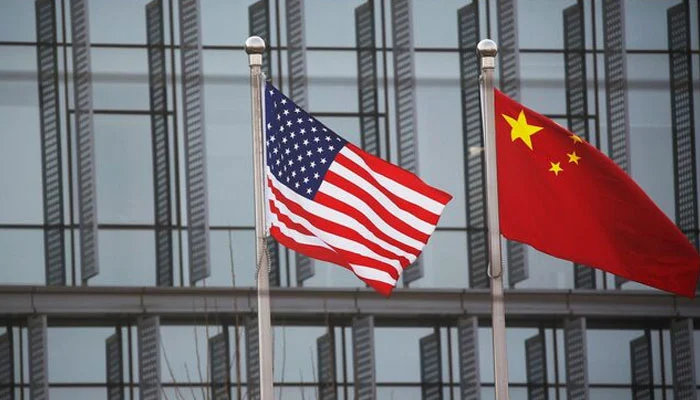In a significant development in international trade relations, the United States and China have reached an agreement to enhance the export of rare earth elements. This move is set to recalibrate the global supply chain for these critical minerals, which are essential in the manufacturing of a wide range of high-tech products. The agreement comes at a time when both nations are seeking to stabilize economic ties amidst ongoing geopolitical tensions. This article explores the implications of this development, its impact on global industries, and the potential challenges that lie ahead.
Understanding Rare Earth Elements
Rare earth elements (REEs) are a group of 17 metals that, despite their name, are relatively abundant in the Earth’s crust. However, they are rarely found in concentrated forms that are economically viable to mine. REEs are indispensable in the production of various high-tech devices, including smartphones, electric vehicles, wind turbines, and defense systems. They are also critical in the development of green technologies, such as solar panels and energy-efficient lighting.
China is the world’s largest producer and exporter of rare earth elements, accounting for more than 60% of global production. This dominant position has allowed China to influence global supply and pricing, making the recent agreement with the U.S. particularly noteworthy.
The Significance of the Agreement
The accord between the U.S. and China to boost rare earth exports marks a positive step in trade relations between the two economic powerhouses. Historically, the U.S. has been heavily reliant on Chinese exports of rare earths, a dependence that has raised concerns about supply chain security, especially during periods of heightened diplomatic tensions.
By agreeing to increase exports, both countries are signaling a willingness to cooperate in areas of mutual interest. For the U.S., this agreement provides an opportunity to diversify its supply chain and reduce vulnerability to potential disruptions. For China, it presents a chance to strengthen economic ties with a major trading partner while showcasing its commitment to global trade norms.
Impact on Global Industries
The increased availability of rare earth elements from China is likely to have a ripple effect across various industries worldwide. For tech companies, particularly those in the U.S., the agreement promises more stable access to essential materials, potentially leading to reduced production costs and increased innovation in consumer electronics and renewable energy technologies.
Automakers, especially those focusing on electric vehicles, stand to benefit significantly from the agreement. Rare earth elements are crucial in the manufacturing of electric motors and batteries, and a more stable supply could accelerate the transition to greener transportation solutions.
The defense industry, too, will welcome the news. Rare earths are vital in the production of advanced military technologies, including missile systems and radar equipment. Ensuring a steady supply is crucial for maintaining national security and technological superiority.
Potential Challenges
While the agreement between the U.S. and China is a step in the right direction, several challenges remain. Firstly, the geopolitical landscape remains fraught with tension, and any deterioration in relations could impact the implementation of the agreement. Both nations will need to navigate these complexities carefully to ensure the deal’s success.
Environmental concerns also pose a challenge. The mining and processing of rare earth elements can have significant ecological impacts, including habitat destruction and pollution. As production ramps up to meet increased export demands, both countries will need to implement stringent environmental safeguards to mitigate these risks.
Moreover, the agreement could face scrutiny from other nations and trade alliances concerned about market imbalances and the strategic implications of increased Chinese exports. Ensuring transparency and fairness in trade practices will be essential to maintain international trust and cooperation.
The Road Ahead
The agreement to boost rare earth exports between the U.S. and China marks a pivotal moment in global trade dynamics. As both nations move forward with this collaboration, the world will be watching to see how effectively they can balance economic interests with geopolitical realities. The outcome of this agreement could set a precedent for future cooperation in other critical sectors, shaping the future of international trade relations.
Topics #featured #Pakistan #trending pakistan




